I completed my first long-distance cycling trip at the end of August last year and had wanted to do another one since then. J & I clocked in around 200 km over 3 days back then, from Znojmo in the Czech Republic to Vienna in Austria. Except for some hills through the Austrian vineyards and a particularly steep climb to our accommodation in Mikulov (or maybe it wasn’t that bad and I was just exhausted after cycling close to 80 km that day), the terrain was rather flat and mostly paved.
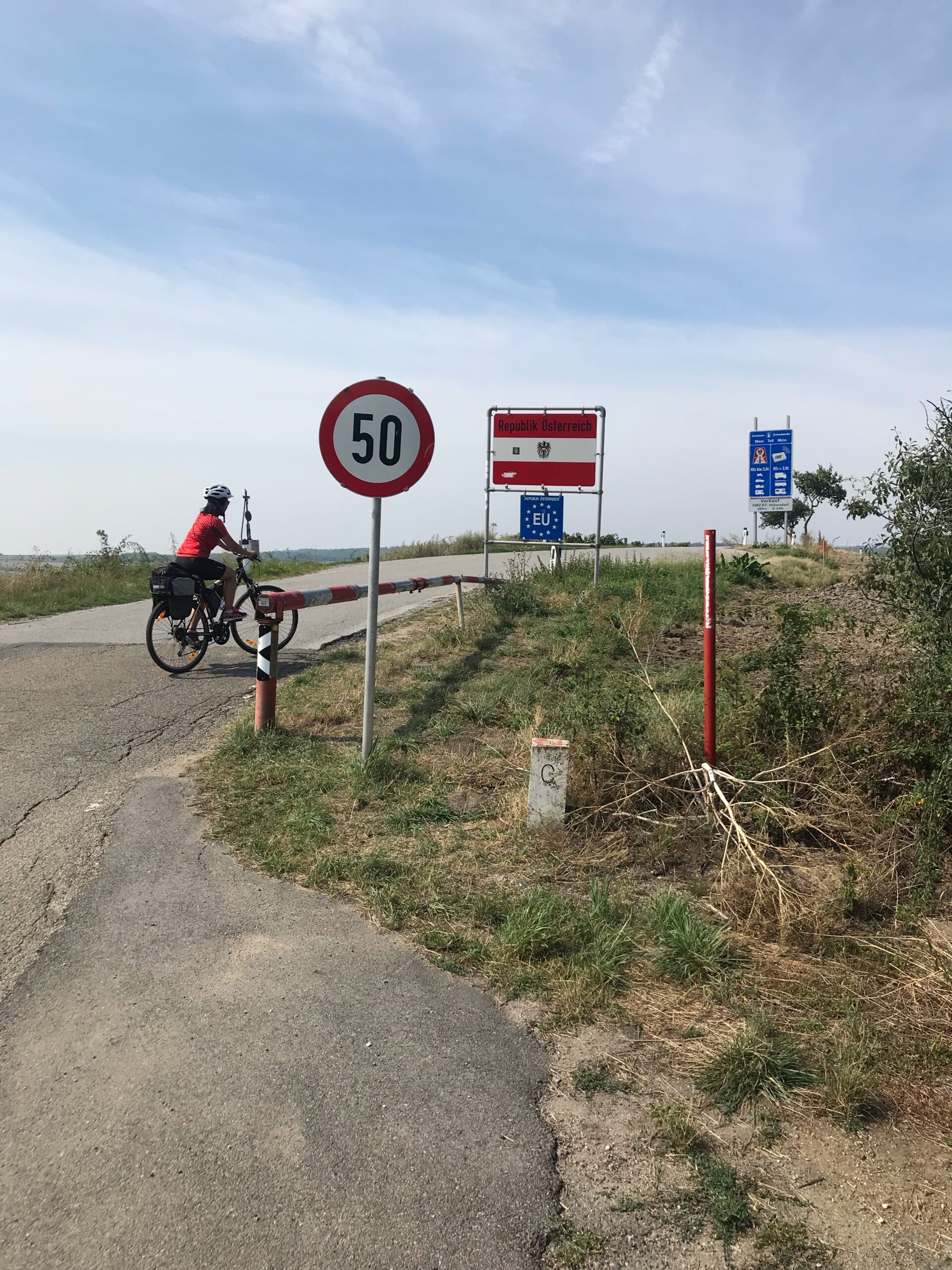
This year we still wanted to go to Austria because we love cycling there – robust infrastructure, stunning views, plus delicious food that’s not overpriced. It’s also realistic to reach within a week of cycling from Germany/Czech Republic. After some research, we decided to take on a section of Via Claudia Augusta and a section of the Innradweg.
Via Claudia Augusta is an ancient path used by the Romans over two thousand years ago. The actual route is more than 600 km long, connecting Bavaria with the Po River lowlands and the Adriatic Sea. It straddles 4 countries: Germany, Austria, Switzerland and Italy. It’s been dubbed the easiest cycling path through the Alps, hence great for beginners like me! We did the stretch between Augsburg in Germany and Imst in Austria before joining the Innradweg.
The Innradweg or the Inn Cycle Path is a scenic bicycle route along the river Inn, also through the Alps. The whole route is over 500 km long, connecting Engadin in Switzerland with Passau in Bavaria. It spans across 3 countries: Switzerland, Austria and Germany. We did the stretch between Imst in Austria and Rosenheim in Germany.
Before the trip, J did all the checks of our bikes and packed spare tire tubes in our bags. For this trip, I got myself a very cute rain poncho and a GPS bike computer off eBay Kleinanzeigen (which is pretty much where I buy everything except groceries) and J got himself new bike bags because he couldn’t locate the ones he used for our trip last year. We’re both quite fuss-free travelers so apart from those purchases, we just used and packed what we already have or borrowed from J’s parents, and still had some space in our bags.
One thing I wanted to make sure we’d have is a nice bed at the end of a long day of cycling, so I booked all of our accommodations in advance despite having heard that other cyclists could spontaneously find them without any problem. We also wanted to have a safe space to store our bicycles overnight, so we chose accommodations that have either their own garage or backyard. Lastly, because we wanted some flexibility during our trip, we opted for establishments that offer a free cancellation policy. Here’s where we stayed during this trip:
- Augsburg: Super 8 by Wyndham Augsburg
- Fuchstal: Hotel Boarding House Hohenwart
- Füssen: Central City Hotel
- Imst: Hotel Belmont (our fav, it has an amaaaazing view of the Alps from the vast balcony but beware of the steep climb!)
- Innsbruck: Cityhotel Schwarzer Bär
- Angath: Gasthaus Kammerhof
- Munich: Arthotel Ana Diva
We decided to start our trip in Augsburg, Germany because it’s quite easy to reach the city from Berlin, where we live. We initially wanted to take the train, which would be the fastest and most convenient option given we were taking our bikes with us, but unfortunately all bike spots on the trains had been reserved. I later learned that there are only very few bike spots on intercity trains (IC/ICE/EC) and they get snapped up ridiculously quickly. So we ended up taking Flixbus from Berlin to Munich and then a regional train from Munich to Augsburg, which required us to buy bike tickets but not reservations (i.e. you can take a bicycle with you on a regional train as long as there’s space in it). The whole journey took us about 8 hours, roughly two hours longer than if we were to take express intercity trains, but it wasn’t much more inconvenient.
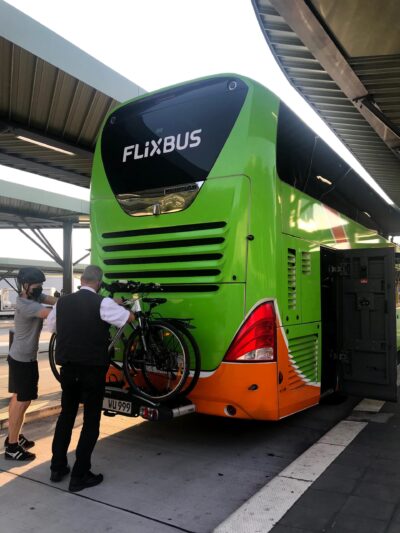
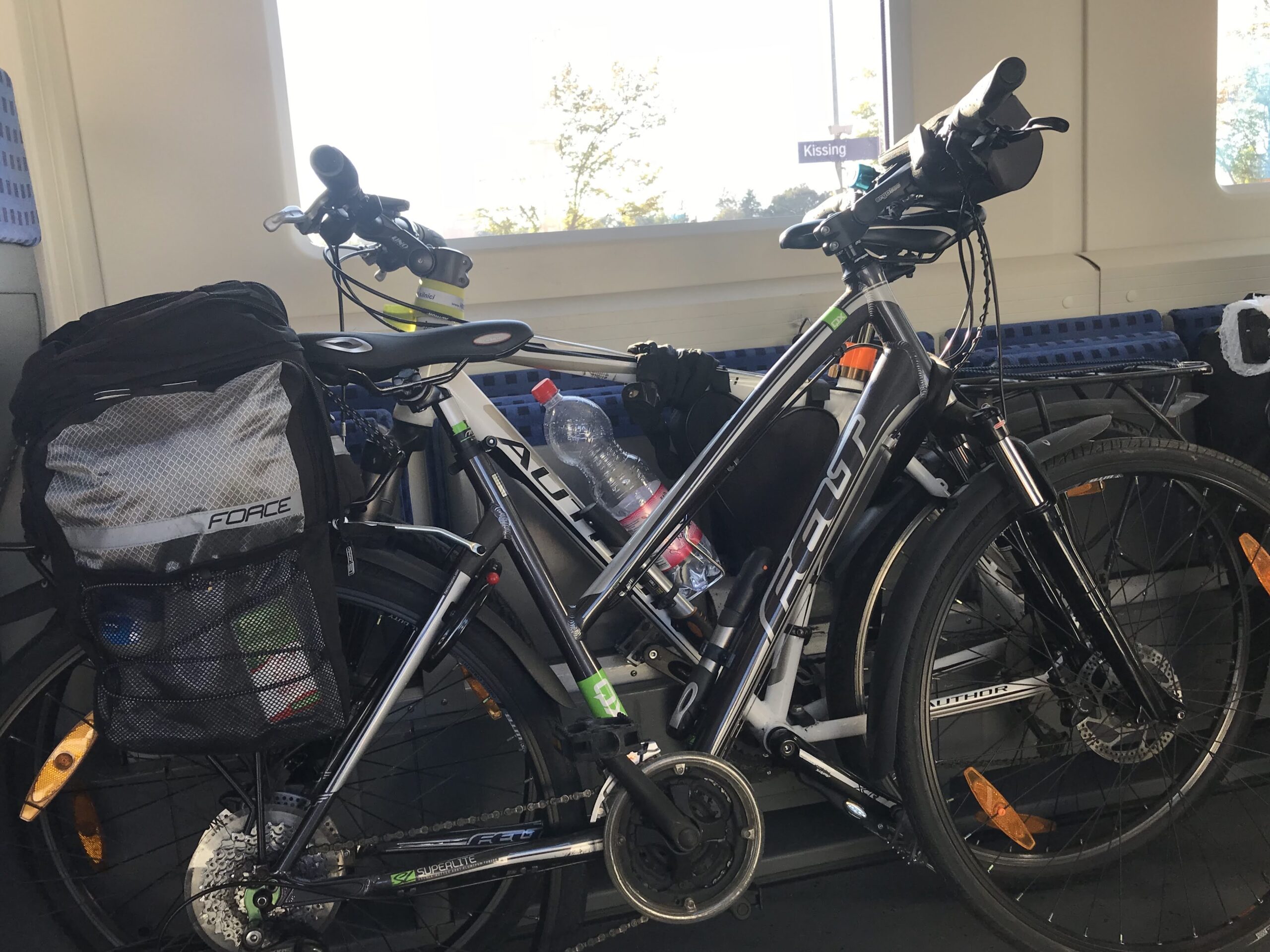
We arrived in Augsburg late in the afternoon, so we simply took a walk to the old town and got ourselves curry for dinner. I had visited the city a few years ago so I remembered some corners of it. Augsburg is, by the way, the third oldest city in Germany and it was named after the Roman Emperor Augustus.
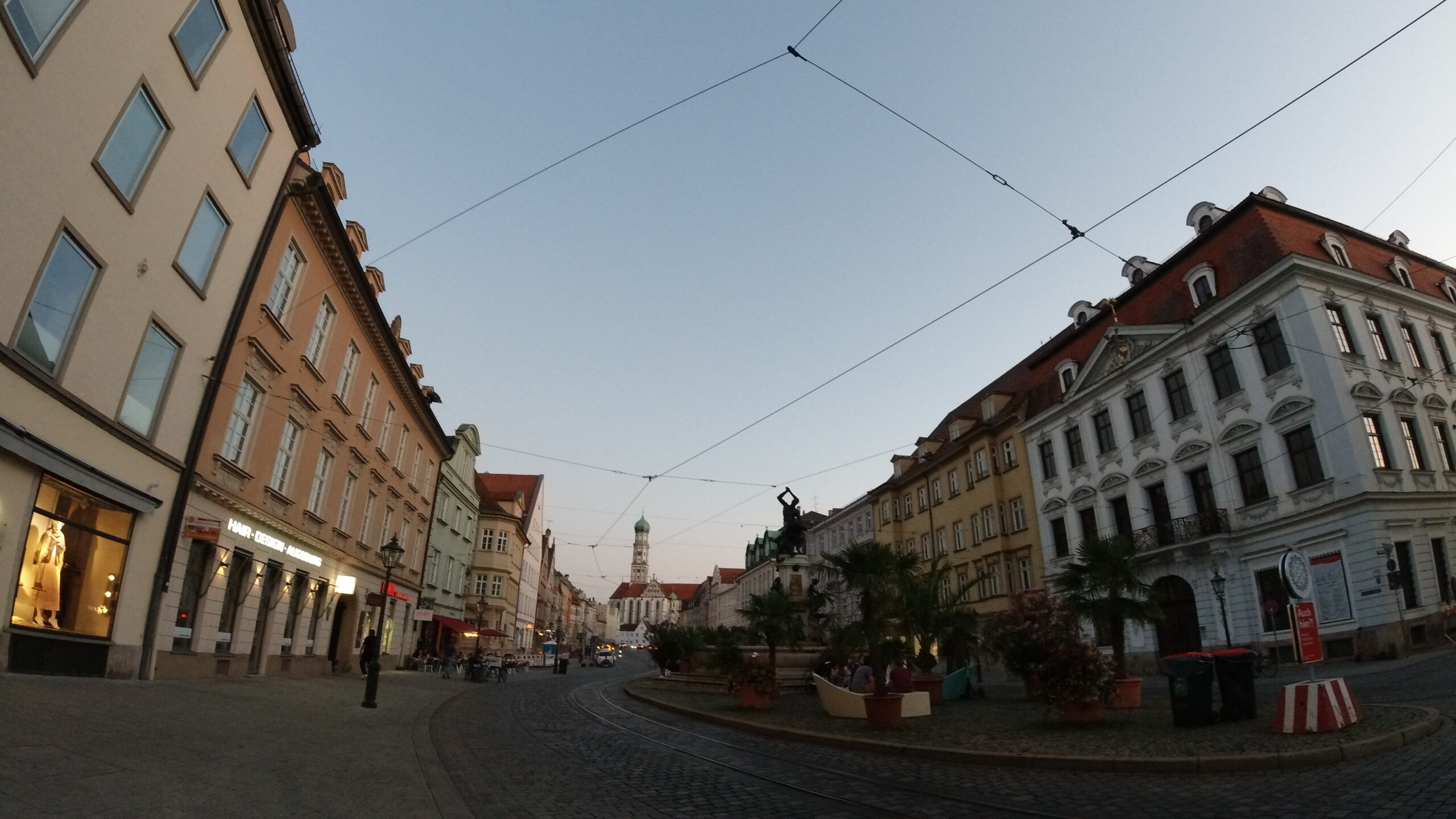
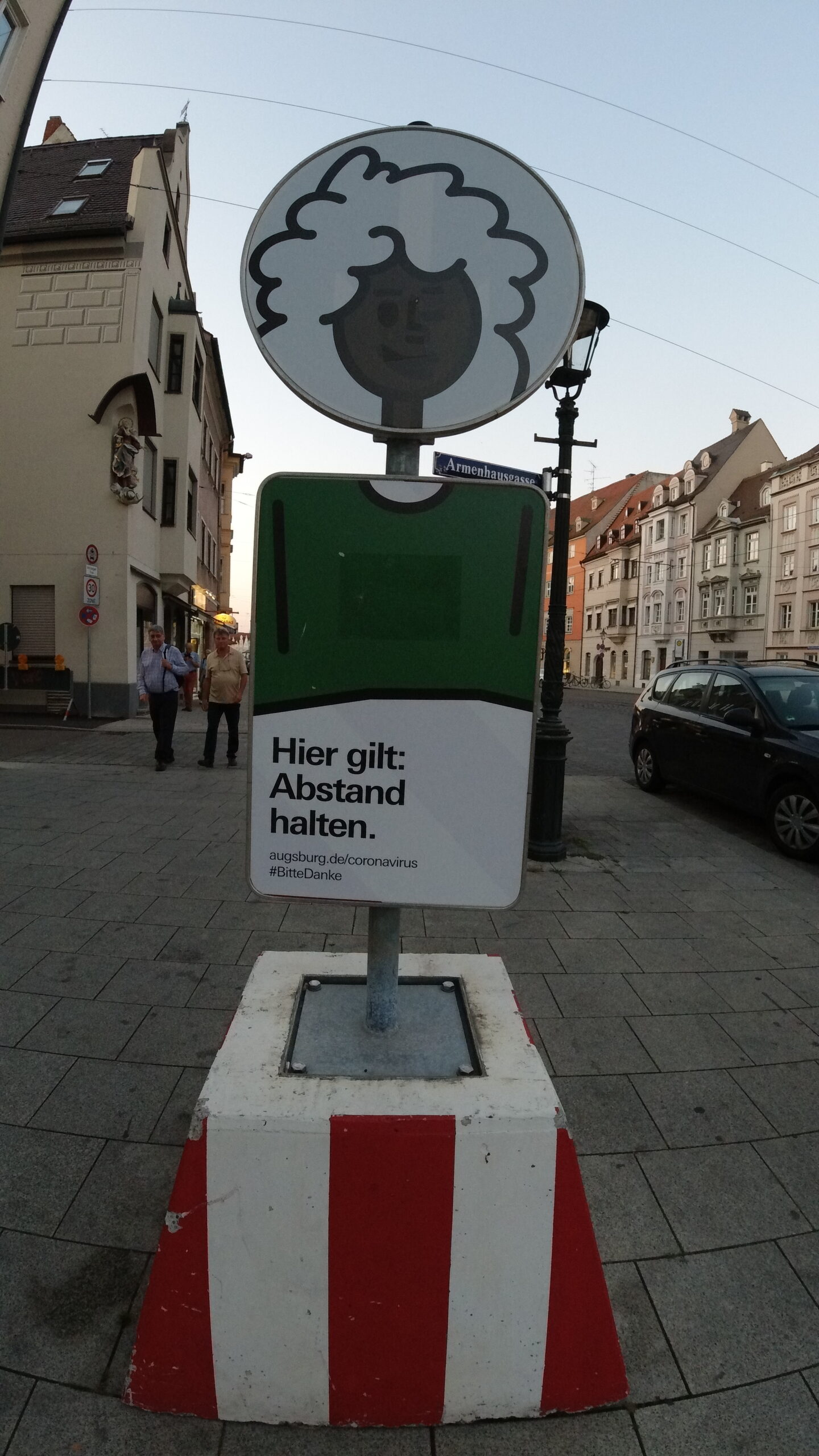
In the next posts, I’ll talk about the different legs of our bicycle trip. Similar to our previous trip, we cycled between 60 and 80 km per day. The first 3 days were spent on Via Claudia Augusta and the last 3 on the Innradweg, with one day of break in between for hiking in Imst.
Practical information
- Transport: Train and bus offers can be checked on busradar.com. If you take your bike with you on German intercity trains (IC/ICE/EC), check the requirements here. If you take it on regional trains, check the applicable bike tickets here. If you take it on Flixbus, buy a bike ticket along with your bus ticket; check the prices here.
- Cycling guides: Via Claudia Augusta on komoot and Italy Cycling Guide, Innradweg on komoot
- Bike-friendly accommodations: I found most of ours through booking.com but the official Via Claudia Augusta website provides a helpful list, as does the official Tyrol tourism website for the Innradweg
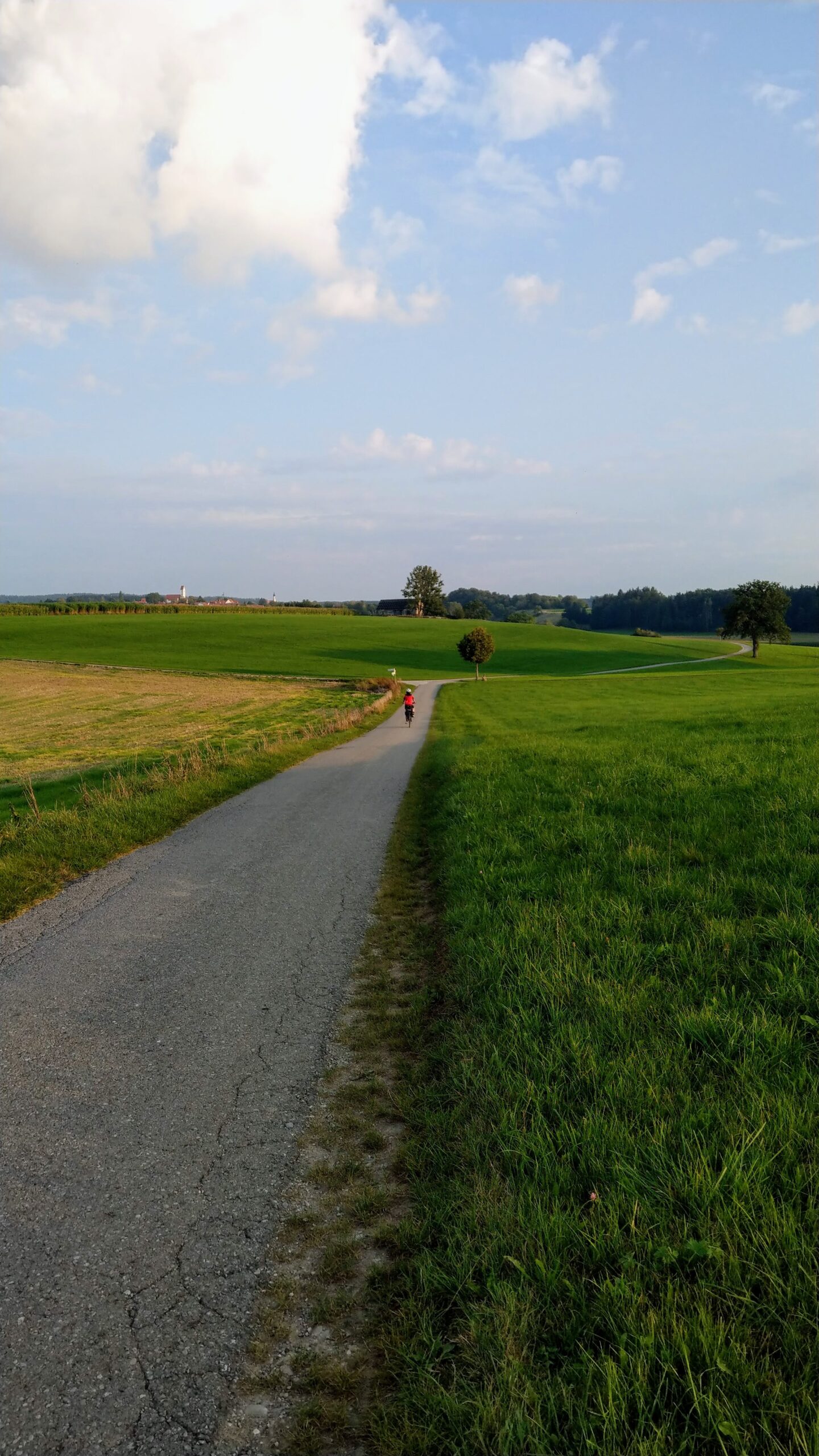
2 thoughts on “Via Claudia Augusta & Innradweg: Planning the trip”
Comments are closed.